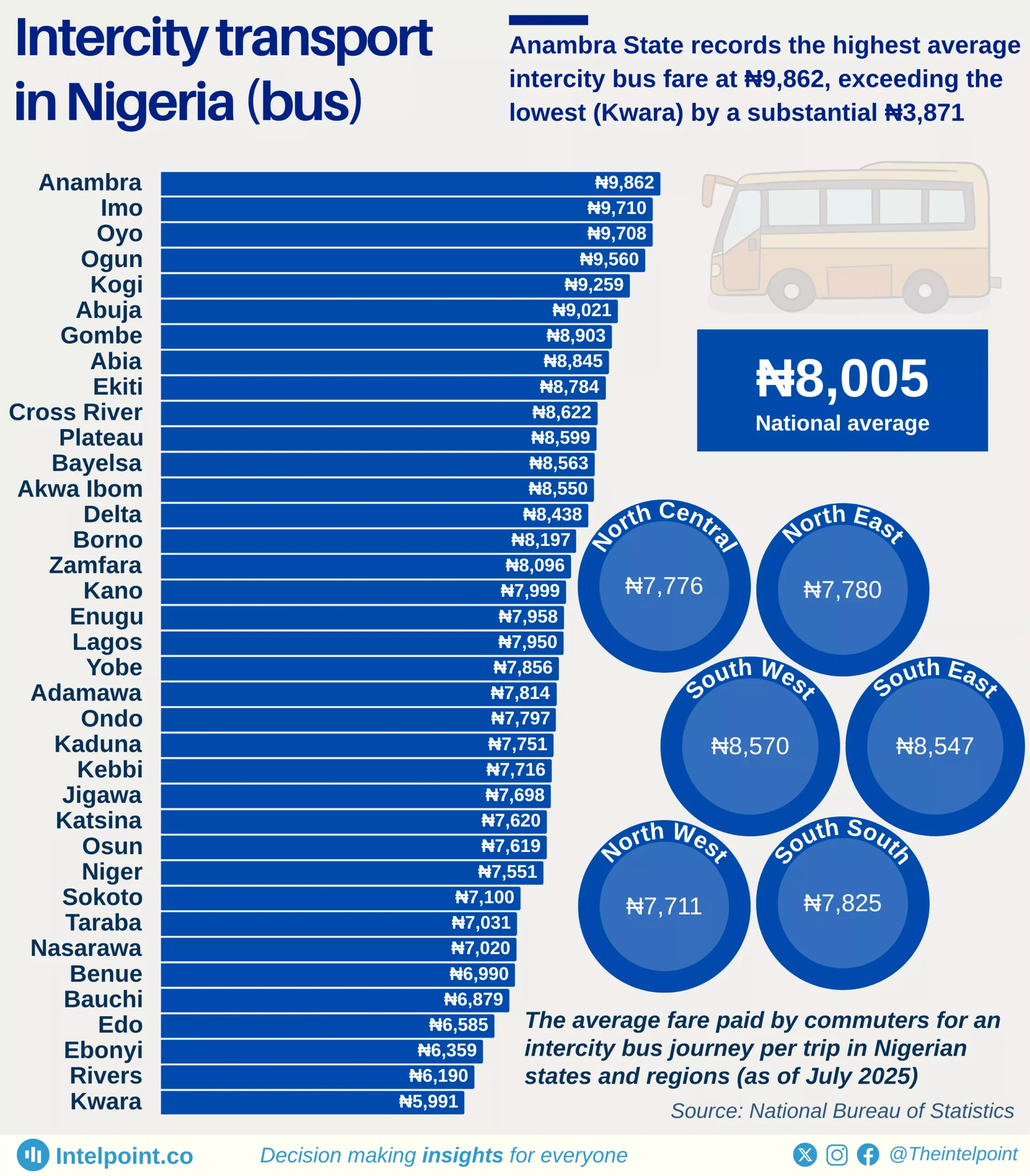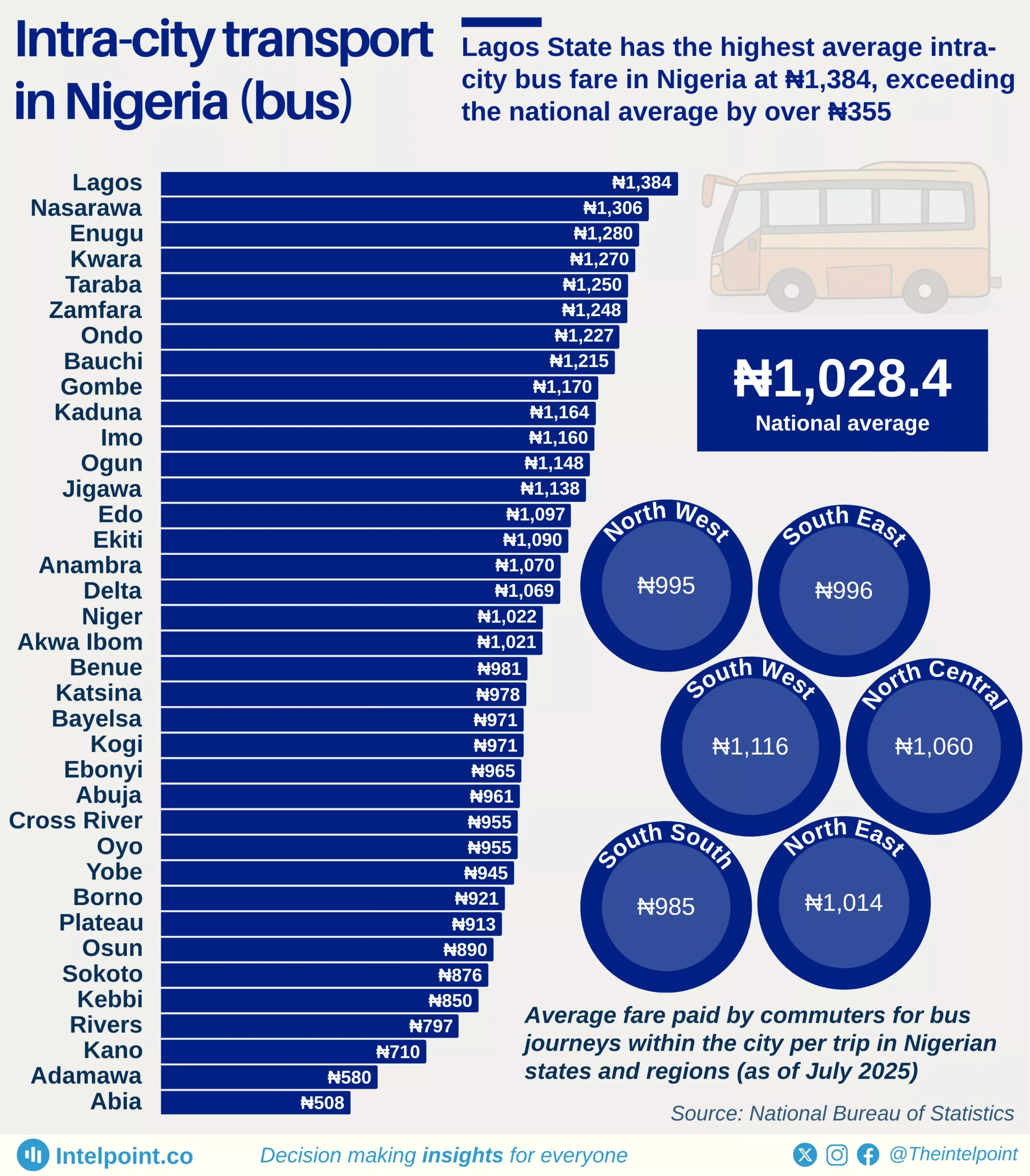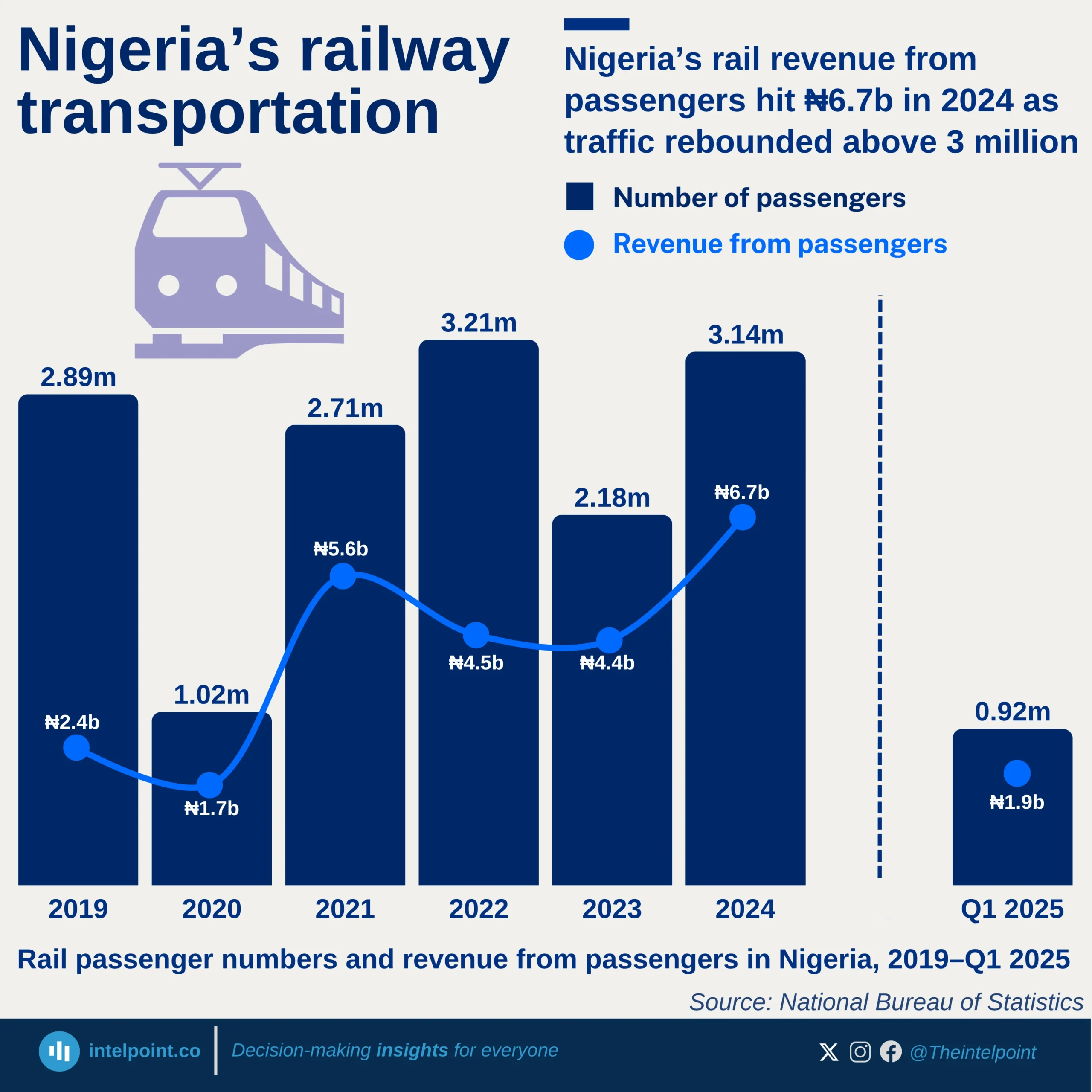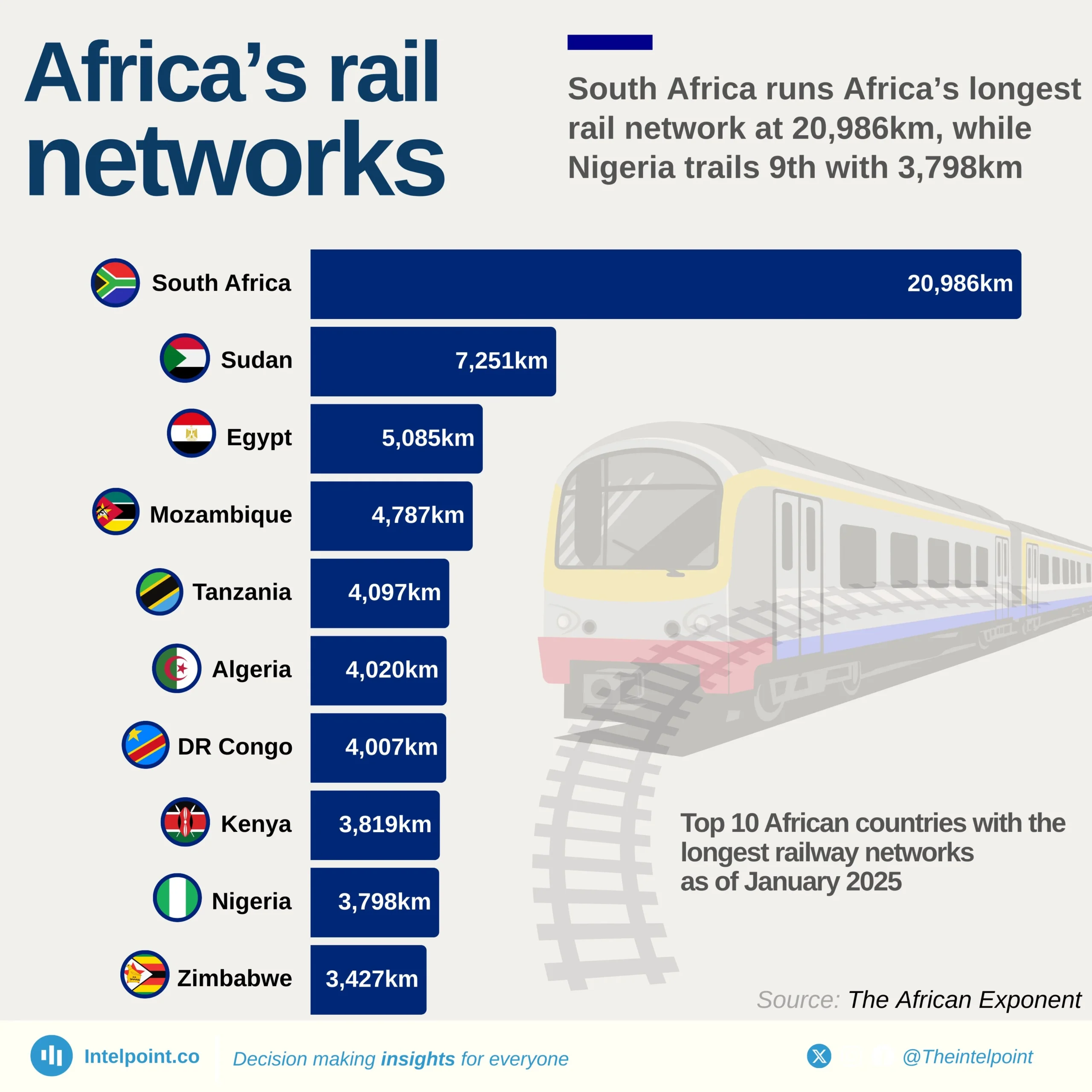Nigeria’s railway revenue is on track for a strong recovery, with ₦4.8 billion naira already generated in the first three quarters of 2024, surpassing 2023’s total earnings. However, passenger numbers have steadily declined from a peak of 3.21 million in 2021 to 2.11 million in 2024, suggesting that higher ticket prices or operational changes are driving revenue growth despite lower ridership. The lowest passenger count was recorded in 2020 at 1.02 million, mainly due to COVID-19 disruptions, but revenue still reached ₦1.75 billion.
The railway system’s best financial year was in 2021, when it recorded ₦5.70 billion in revenue from passenger operations, fueled by high ridership. Since then, fewer passengers have used the trains, but earnings have remained relatively stable, pointing to evolving pricing strategies or improved efficiency. Addressing passenger decline while sustaining revenue growth will be key to the long-term viability of Nigeria’s railway sector.





